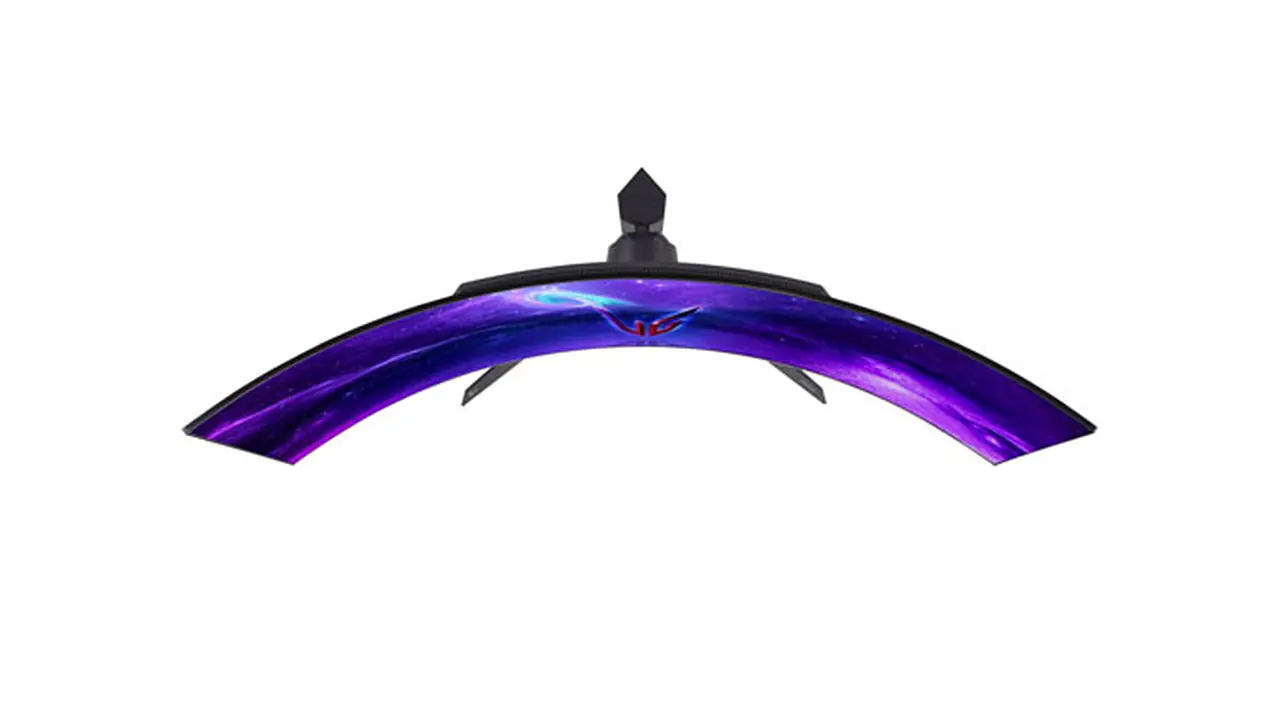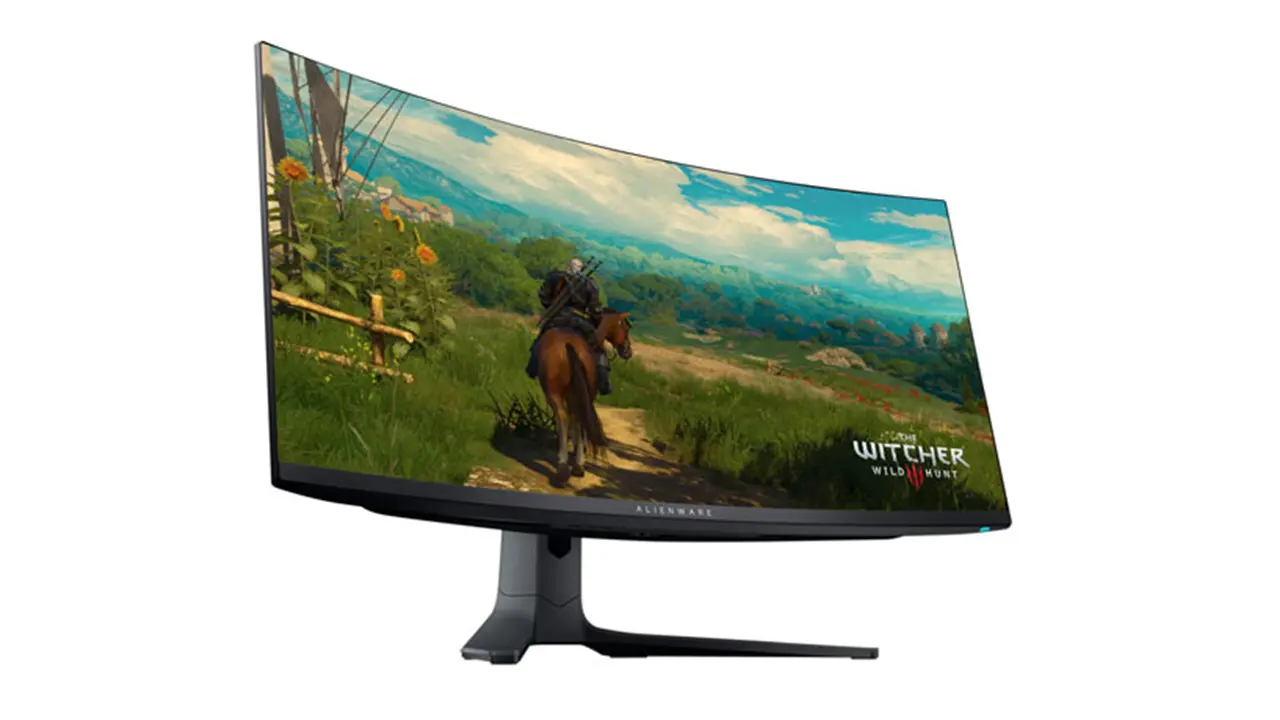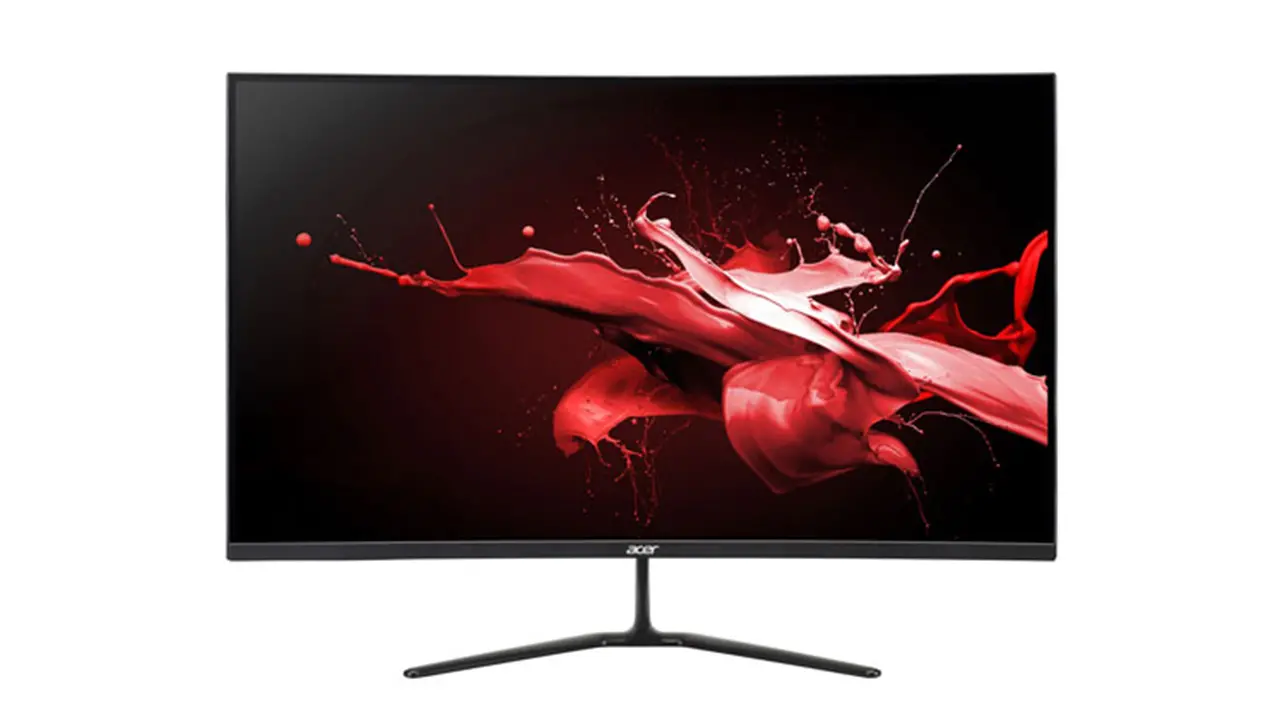
Curved computer monitors has seen a steady rise in popularity over the last few years. These sleek screens might have caught your eye on display in stores or in online advertisements. And maybe you’re asking these questions: Are they worth the purchase? What are their benefits? And who can benefit from them most? This article will try to answer these important questions, so you can better decide whether their right for you.
What are curved monitors?
Curved computer monitors are just that: monitors that curve inward at the edges instead of being flat. If you picture your standard widescreen TV or computer monitor and then imagine bending the sides slightly towards you, you’ve got the idea. The aim of this unique design is to create an immersive viewing experience, which is particularly impactful for wide computer monitors.

The curvature radius of a monitor is typically measured in millimetres (mm) and denotes how large or small the curve of the monitor appears. Common curvature radii include:
1000R: This is considered by many people to be the ideal curvature for gaming for a comfortable, immersive experience since it approximates the natural curvature of the human eye. At the right distance the view on the monitor is entirely capture within the user’s field of view.
1800R: This means if you put monitors edge-to-edge to create a complete circle, the radius of that circle would be 1800mm. It’s among the most common curvature ratings.
1500R and 1200R: These are more pronounced curves than the 1800R. Monitors with these radii will feel more wrapped around the viewer, creating a more immersive experience.
3000R and 4000R: These are less curved compared to the others and offer a subtle curve which might be preferred by some users.
The benefits of curved monitors

Due to it’s unique design, curved monitors offer a number of benefits that can enhance the user’s experience.
Wide viewing angles: Curved monitors offer more consistent colour from edge to edge due to the angle it aligns with the viewer’s eyes. With a flat monitor, colours can start to fade or distort when viewed from the side. With the curved monitors, this problem is significantly lessened.
Reduced glare and reflection: Due to their curve these monitors can effectively reduce glare and reflection from windows and lights, especially when positioned correctly.
Enhanced privacy: The curvature can make it harder for onlookers to view your screen from the side, providing a bit more privacy in open environments.
Reduced movement of eyes and neck: The curvature aligns more closely with the viewer’s natural field of view, meaning less eye and neck movement is needed.
Aesthetics: Many users find the modern and sleek design of curved monitors visually appealing, adding a touch of sophistication to their workspace.
Who can benefit from curved monitors?
The curvature in these monitors allow for an immersive viewing experience. It mirrors the natural shape of the human eye, leading to a more comfortable and consistent viewing experience. Here are several types of users who can benefit most from curved monitors:

PC gamers: Are curved monitors good for gaming? In general, the answer is yes. The main advantage of curved monitors for gamers is the enhanced sense of immersion. Computer monitors, especially those used for gaming, are becoming more immersive, and curved screens play a large part in that. Their wrap-around effect enhances the perception of depth.
Movie enthusiasts: Curved monitors can significantly enhance the viewing experience, providing a more cinematic feel.
Programmers: When it comes to programming, a wide, curved computer monitor can potentially enhance productivity. The extra screen space is ideal for multitasking, as it allows multiple windows or vast amounts of code to be visible simultaneously.
Regular office users: Curved monitors can be excellent for office work, especially for multitasking. The extra width can be beneficial for having multiple windows open side-by-side.
Home office users: Curved monitors can be a great addition to a home setup, especially for users who want an upgraded viewing experience, whether it’s for work, entertainment, or general use.
Creatives: For designers, video editors, and other creatives, the wider field of view and enhanced immersion can be a boon. However, for some precision tasks, especially where straight lines are crucial, the curve might be disorienting.
Are curved monitors worth it?
Determining whether a curved monitor is “worth it” ultimately comes down to personal needs and preferences. Whether for work or personal use, you can benefit from curved monitors that allow you to have an immersive viewing experience, while giving you can expansive space for multitasking. Choose the curvature radius that suits your needs. Plus, add the right computer monitor stand to allow you to position the monitor correctly, ensuring maximum comfort and an optimized viewing experience.
Curved monitors are more than just a trendy gadget. They offer tangible benefits for a wide variety of users, from gamers seeking a more immersive experience to programmers who value an expansive digital workspace. Whether or not they’re the right choice for you will depend on your needs, budget, and personal preferences. If you’re curious about what a curved computer monitor could do for you, why not explore the options?
This article was drafted using AI technology and then reviewed, fact-checked, and revised by a member of our editorial team.





